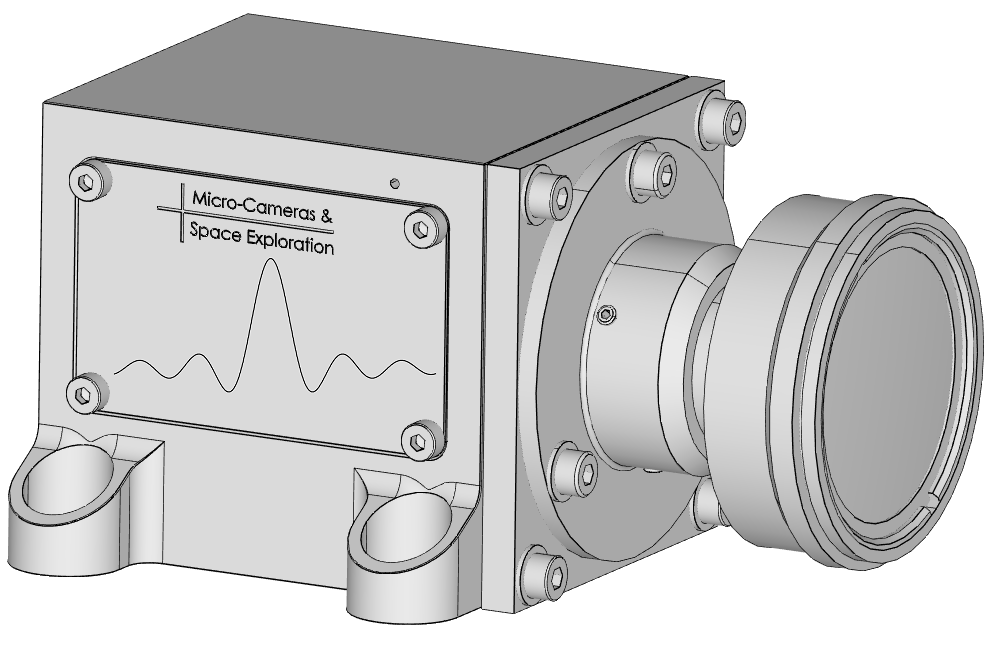PAGE CONTENTS
Objectives
The main objective is to develop and implement new functionality to the new generation of MCAMv3, using the existing hardware with upgrades to implement colour capabilities. The MCAMv3’s opto-electronic performance will also be characterised in harsh environments.
A secondary objective is to test commercial optics to assess their possible use in a space environment and thereby ensure the best performance to price ratio and flexibility of future generations of the MCAMv3.
Challenges
There is a lot of literature and data out there regarding the characterisation of image sensors in the harsh environment of space. This has to be understood and carefully analysed to be able to coax the best performance from the MCAMv3 hardware and understand all the theory behind this complex system.
System Architecture
The imaging sensor is a 4Mpx APS. The data control is implemented in an FPGA. The system includes memory to allow sufficient storage capability for large images. Data communication is based on the SpaceWire protocol with a speed up to 100Mbits/s.
Plan
Kick-off (KO)
Critical Design Review (CDR)
Test Readiness Review (TRR)
Test Review Board (TRB)
Delivery of a PFM colour Hardware
Current Status
The project has been kicked off.
Most of the relevant theory has been consulted and different new functionalities are being tested. Environmental characterization foreseen in the next few months.

